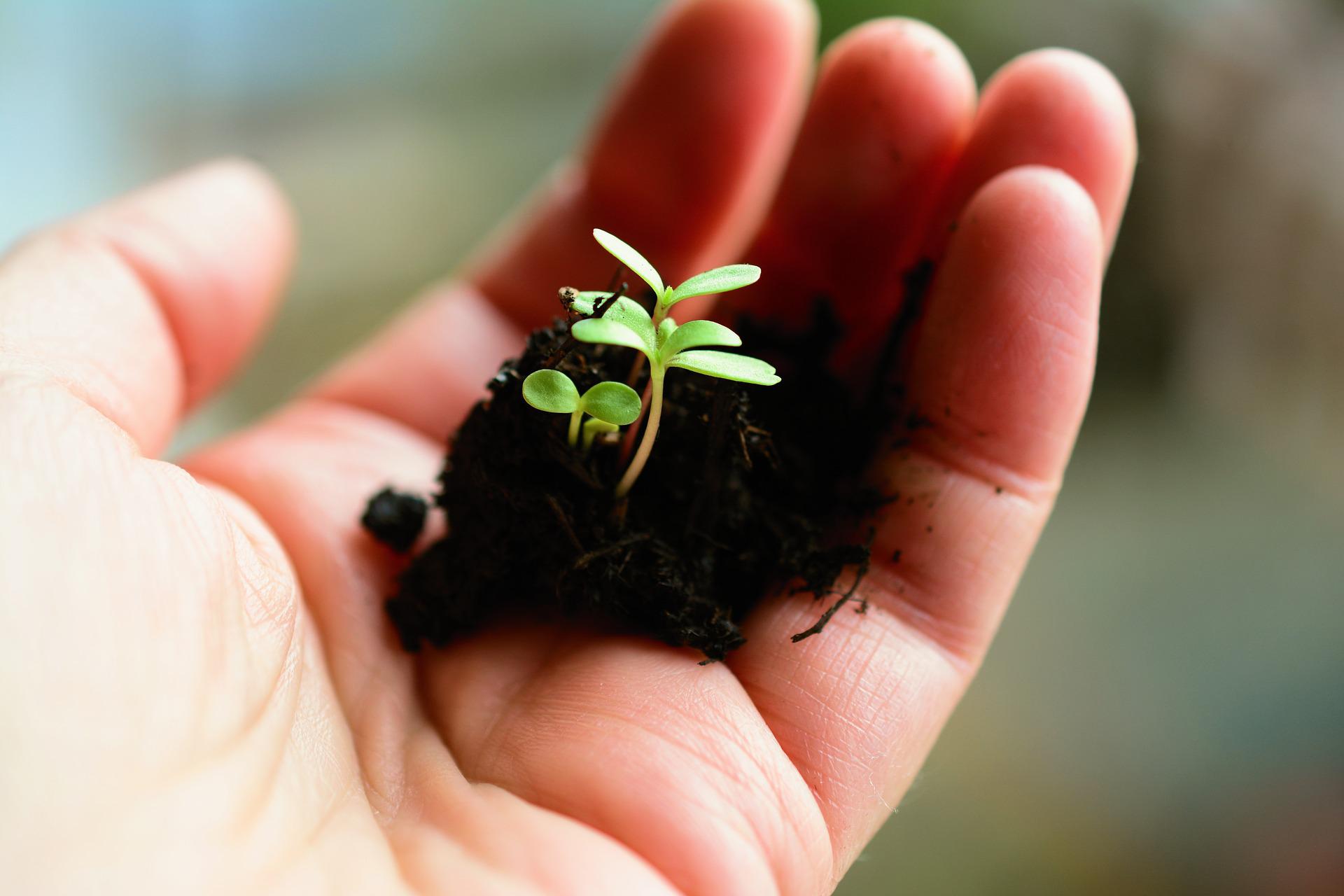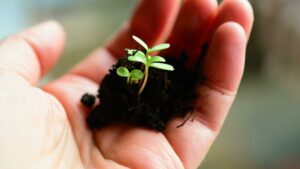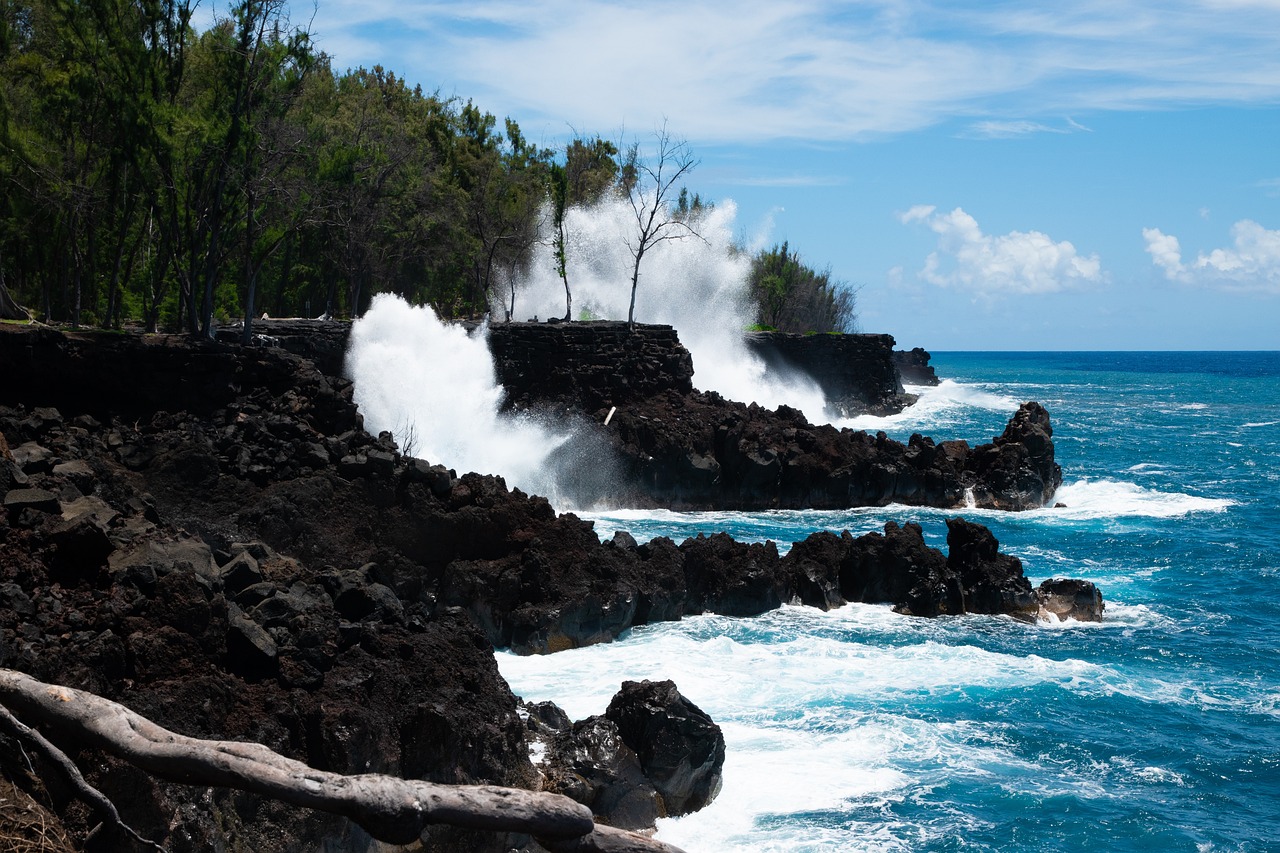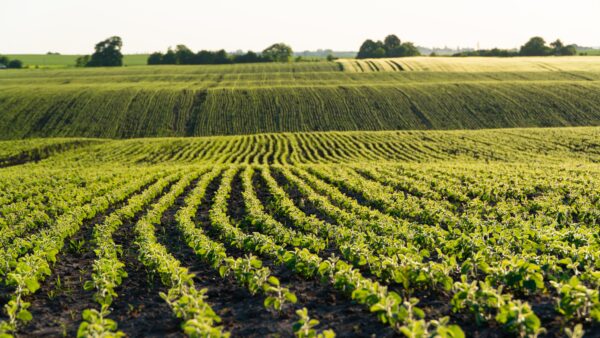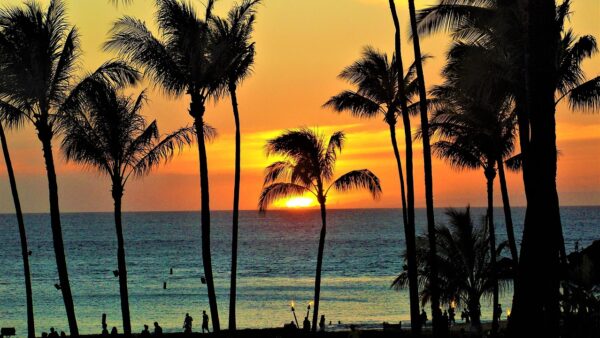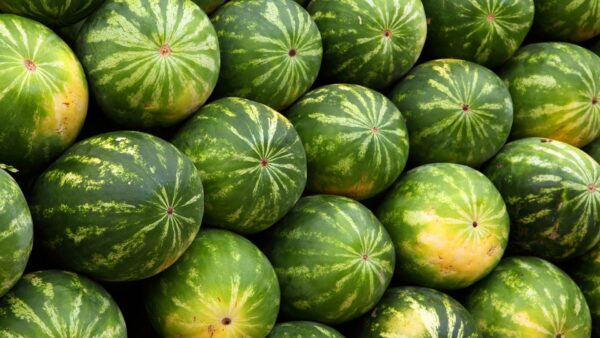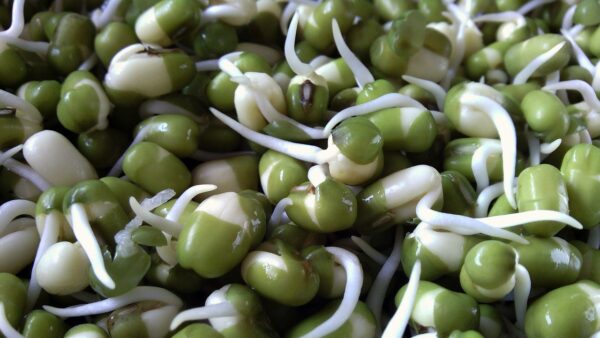The National Association for Plant Breeding (NAPB) has officially opened registration for its 2025 conference, to be held on the big island of Hawaii.
A draft schedule has been released and a full conference website has gone live.
The meeting takes place May 19-23, 2025 (student workshops begin May 18). The unique aspects of this year’s event will emphasize the opportunity to explore diverse ecologies, microclimates, and year-round growing seasons. The meeting aims to offer a mix of professional activities and leisure options, including visits to coffee farms, archeological sites, and the National Germplasm Collection.
“One of the best things about NAPB is how we get to visit multiple locations during the growing season. That hands-on field impact is incredible—there’s really nothing else like it. And then there’s Hawaii, which is a completely different ecology and ecosystem,” says NAPB Vice-President Neha Kothari. “The diversity there is amazing—different microclimates, dry regions, varying altitudes. You really get this incredible exposure to how crops are grown and bred in such unique conditions.”
Plus, being on an island adds another layer, she says.
“They regulate things differently, and they have the advantage of a year-round growing season. “This trip is such a rare opportunity to step beyond the usual row crops and dive into fascinating flame breeding and germplasm preservation work that you don’t see anywhere else in the world.”
The rich history of Native Hawaiian agriculture is also a key element, with sessions on ancient practices and the significant variety of crops historically cultivated, such as sweet potatoes, sugar cane, and taro. The event aims to provide a blend of educational and recreational experiences, including unique activities like swimming with manta rays.
Organizers realize that attendees will want to make the most of their time in Hawaii, so the agenda has been built accordingly, says organizer Mikey Kantar of the University of Hawaii Manoa. Sessions will be in the morning with afternoons left open to sightsee, or attend an optional afternoon program.
“We really want people to enjoy their time, so we’re changing up the structure of the meeting a bit to give everyone more flexibility. That could mean heading out to see a coffee farm, visiting one of the incredible archaeological sites that showcase the amazing agriculture Hawaiians have practiced for thousands of years, or even checking out the national germplasm collection and exploring the tropical fruits collection,” Kantar says.
“We’re planning to offer a sort of ‘menu’ of options so everyone can pick what interests them most. It’s such a unique setting—Hawaii is the only place in the U.S. tropics, so you’ll get to see things you just can’t find anywhere else in the country.”
Native Hawaiians are incredible at agriculture, he adds, and attendees can expect a session that highlights these ancient practices.
“There’s even going to be an optional trip to the Kohala field system, one of the archaeological sites, where you can see how these systems worked. But we also want to tie it to the modern context, because a lot of these practices are still really effective today,” Kantar adds.
“And it’s important to remember—Native Hawaiians were amazing plant breeders. Back in the Hawaiian Kingdom, there were over 200 different sweet potato cultivars, more than 100 sugarcane varieties, and over 300 types of taro. It’s such a rich history of plant breeding and agricultural success, and this session will really dive into that.”
Check out this video with interviews and comments from meeting organizers Michael Kantar, Nathan Fumia and NAPB Vice President Neha Kothari! The Hawaii meeting will serve as a follow-up to the NAPB’s 2024 meeting in St. Louis, MO, which attracted a record crowd.
To register visit the NAPB registration website and see the draft schedule for preliminary info. More info to come!


